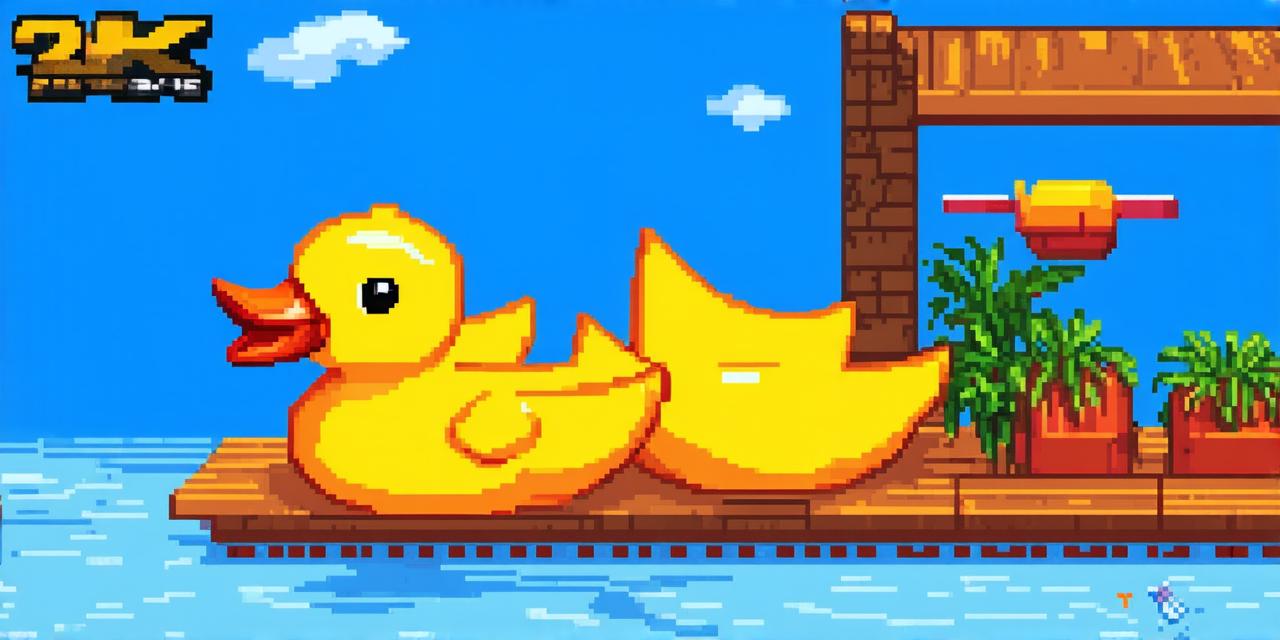Have you ever wondered what it takes to create a viral video game that captures the hearts and minds of millions? In this article, we’ll explore the various elements that make up a successful game development process, with a particular focus on the “What the Duck” phenomenon.
Now, let’s dive into the key elements of a successful game development process:
1. Conceptualization
The first step in creating a viral video game is to come up with an idea that stands out from the crowd. This can be achieved by brainstorming and experimentation, or even by drawing inspiration from unexpected sources. For example, “What the Duck” was inspired by a random conversation between two developers who were discussing unconventional game ideas.

2. Prototyping
Once you have a concept for your game, it’s time to create a prototype. This is a basic version of your game that allows you to test and refine its mechanics and features. Prototyping is crucial in the early stages of game development, as it helps you identify potential issues and areas for improvement before investing too much time and resources into the project.
3. Development
Once you have a solid prototype, it’s time to begin the full development process. This involves programming, designing graphics and sound effects, and integrating all of these elements into a cohesive whole. In the case of “What the Duck”, this involved creating a minimalistic art style that emphasized the game’s unique mechanics and humor.
4. Marketing
Marketing is an essential part of any successful video game development project. This involves promoting your game through social media, gaming communities, and other channels to generate buzz and excitement among potential players. “What the Duck” was marketed as a quirky and unconventional game that would appeal to a wide range of audiences, which helped it gain traction and eventually go viral.
5. Launch
The launch of your game is a critical moment in the development process. This is when you release your game to the public and hope that it resonates with your target audience. “What the Duck” was launched on a Friday afternoon, which helped generate an extra layer of excitement and anticipation among players.
6. Post-Launch Support
Once your game has been released, it’s important to continue providing support and updates to keep players engaged. This can involve fixing bugs, adding new content, or even launching new versions of the game. “What the Duck” received several updates over time, including new levels and challenges that kept players coming back for more.
Now, let’s take a closer look at how these elements came together to create the viral sensation known as “What the Duck”.
Conceptualization:
The concept for “What the Duck” was born out of a random conversation between two developers who were discussing unconventional game ideas. They wanted to create a game that would challenge traditional game mechanics and push players outside of their comfort zones. This idea was inspired by the idea of a duck that could fly, swim, and run at the same time, which seemed impossible but also incredibly fun.
Prototyping:
Once they had an idea for their game, the team created a prototype that allowed them to test and refine its mechanics and features.
